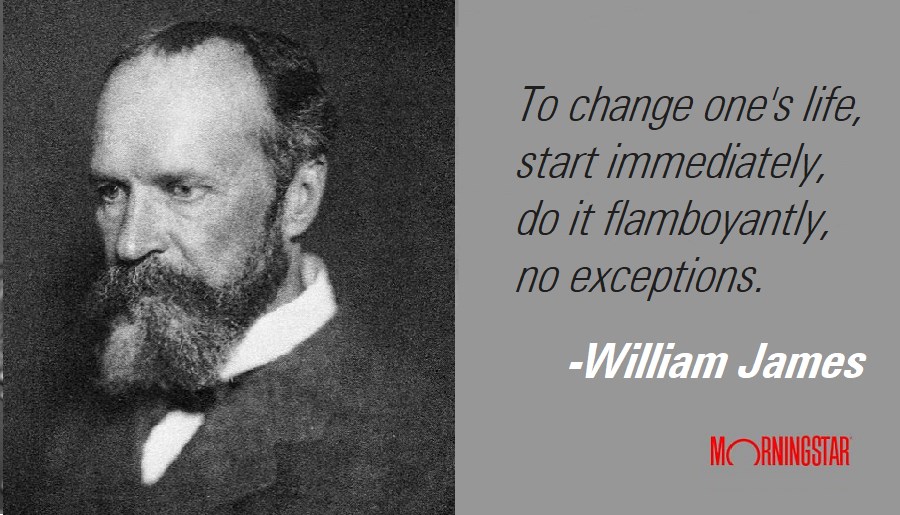
The coronavirus pandemic-driven bear market may have gone down in history as one of the least painful on record, lasting a total of about 120 trading days with a maximum drawdown of about 34%. But short though it may have been, while it was on, investors had to deal with plenty of volatility and turbulence. This triggered many clients to think about their future and their financial plans, which in turn has prompted thoughts on the future of the financial planning industry in Canada.
Morningstar’s latest Executive Forum—the fourth of 2020—titled “Financial Planning Post-COVID-19”, sought to answer questions around this, including how to talk to clients after COVID-19, how to establish trust and build relationships through virtual advice, and how tools have evolved to meet changing needs.
Addressing these questions were panellists Dan Bortolotti, portfolio manager at PWL Capital; Shawn Brayman, director of financial planning methodology at Morningstar; and Goshka Folda, president and CEO of Investor Economics. The panel was moderated by Michael Keaveney, head of investment management for Canada at Morningstar Associates.
COVID-19: This Time It’s Different
The first thing tackled by the panel was whether this time was different. All three panelists agreed that this time was indeed different.
“The previous crises, whether you talk of the global financial crisis, or the Asian crisis, were all self-inflected by the financial industry on themselves, through various means. This time around health is in the mix,” Brayman pointed out.
But who precisely, was hurt?
“For the first time, among my clients, there were physicians, dentists who said my income has dried up. It was professionals who were impacted, not just retail or restaurant workers. The questions is, Are there recession-proof jobs anymore? We might need to rethink it,” Bortolotti said.
Both other panelists somewhat disagreed with him. Folda pointed out that the virus amplified themes that were in play pre-COVID. “We saw the fragility of Canadian household finances on display. Though the upper echelons were impacted, it was the mass market who suffered. The one thing that this crisis has highlighted is that we are not all in the same boat at all. The levels of anxiety are different, and when it comes to financing a successful retirement, those who had less to begin with were more impacted,” she pointed out.
Brayman countered: “Sure, HNIs and retirees have seen some health fears, but from a financial standpoint, things have recovered, and financially, investors are OK now. It is the young people who are most scared. I see two separate and different reactions. Investors have a rosy outlook; young Canadian workers look at what is yet to come down the pipe and worry about how they’ll deal with it.”
The Importance of the Whole Picture
All panellists agreed that now more than ever, planners need to deliver wholistic plans to their clients.
“We see this crisis as being about more than money. People are rethinking their entire lives and plans in a way no previous crisis has triggered. They’re looking at reframing their family life, and their house, and their need for space, and their lives, and, and, and. This ripple effect is fascinating to watch both now, and once we move out of the crisis. We also have to ask, how does ESG tie into this?” Brayman asked.
Folda noted that planners are seeing more ‘book-end’ clientele. ”On the one side, you have young people, like maybe frontline workers in their 20s, talking about buying life insurance, talking about risk management. On the other hand, there’s the older clients who have anxiety about survival, and worry about estate planning,” she pointed out.
This then led to a discussion around risk—mainly what does risk mean now, in an era of government bailouts and subsidies?
Private Profits, Public Losses?
The most important thing to Bortolotti is that the stock market is not the economy.
“If you look at it, the broad indexes have done well, but a whole bunch of individual stocks have performed badly. Stock-pickers might have been badly burnt in this last cycle. I think one thing is clear: Investors should be broadly diversified,” he said.
Brayman pointed out that there are different kinds of risk, and not all risks are equal. Bortolotti agreed. “What about the risk of not reaching your financial goals? If you have a young client with 70% in fixed income, that’s a risk, too. Fixed-income returns are looking bleak, and if you’re not willing to look at equities, you have to look at other options like upping your savings levels, or working for longer—clients don’t like these suggestions,” he said.
Brayman also stressed the need to define and describe risk terms accurately, to help measure it across the industry. “Risk tolerance is psychological. It doesn’t change on a daily basis. Sure it might change if there is a life-changing event. But what changes regularly is the perception of risk. Take, for example, someone who goes swimming. If the water is clear, sure, I’ll jump in. But if the water is filled with sharks, of course I won’t. That doesn’t mean that my thoughts towards swimming have changed. As planners, we need to revisit plans often, and use accurate terminology to measure things, so that we have common ground when discussing it,” he said.
Who Is a Planner? Who Gets a Plan?
Canada has been trying to regulate the title of financial planners. Brayman believes this is a good move. “You can’t create a profession where anyone can use the moniker. This is a profession, and we need to help consumers understand that. You need to differentiate between salespeople and professionals.”
It’s not just the difference between salespeople and financial planners, but also between financial planners and investment advisors. “The public often uses the terms financial planners and investment advisors interchangeably. But a planner can’t necessarily build a portfolio, and while there are several skilled investment advisors, they might not be able to build a plan. The two are different skills. People often think that investments are the most important part of a plan but as a planner plus executioner, I can say that building an investment portfolio is relatively easy. It is building a plan that is the hard part,” said Bortolotti.
Folda agreed. “Take the case of retirement. Building the nest egg is one goal. But the minute you retire, this one single goal turns into a veritable puzzle. You have to work out longevity, health (including in some cases parental survival-related questions), estate planning, withdrawals and other things. If we don’t engage outside of investments and finances, as planners, we fail,” she said.
She also pointed out the lack of access to financial advice, mainly on account of cost. “The fact is that the people who need advice the most are the ones who can least afford it,” she said.
Bortolotti agreed. “There is a difficulty in serving clients of modest means. The truth is, there is more money in serving high-net-worth individuals. Fee for service is not cheap, and for someone with a smaller portfolio, $3,000-$5,000 for service is a lot of money,” he pointed out. He added that technology might be a possible solution, but Folda pointed out it goes only partway.
“How technology will change both advice and access is an intriguing idea. But the question is, When will people stop focusing on robo and focus more on advisors? People need handholding. Technology can get us some parts of the way to helping these clients, but it won’t alleviate the anxiety,” she said.




















